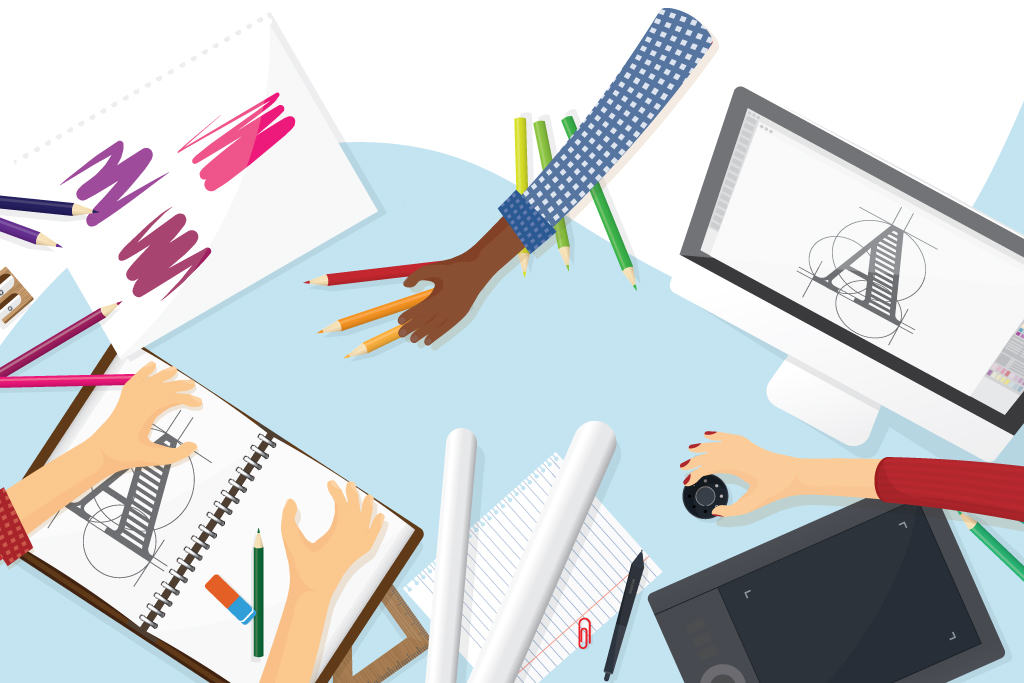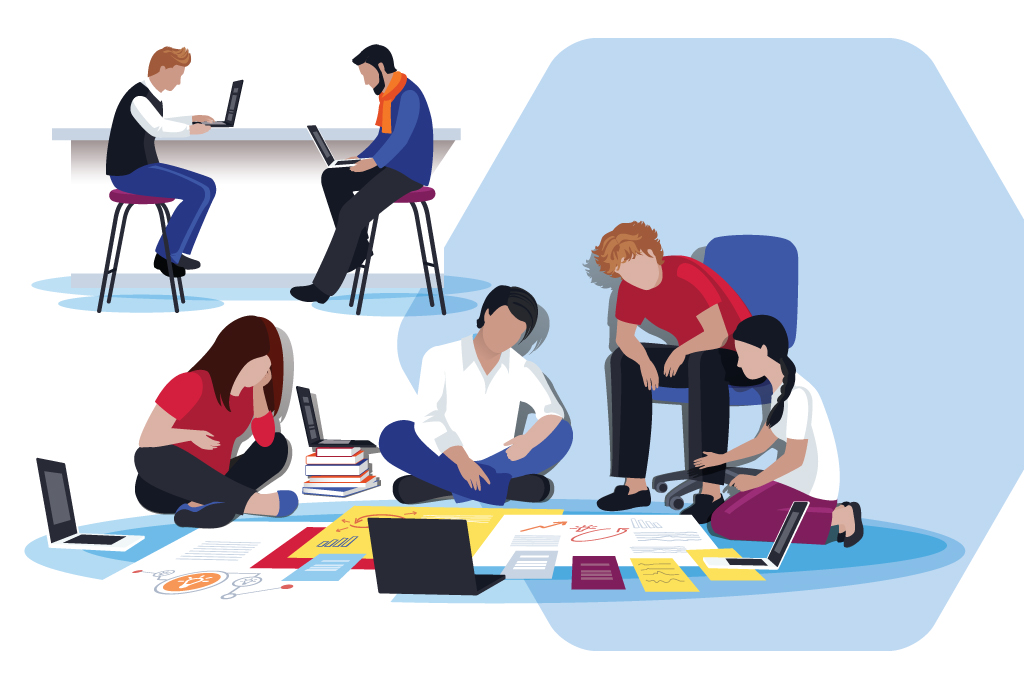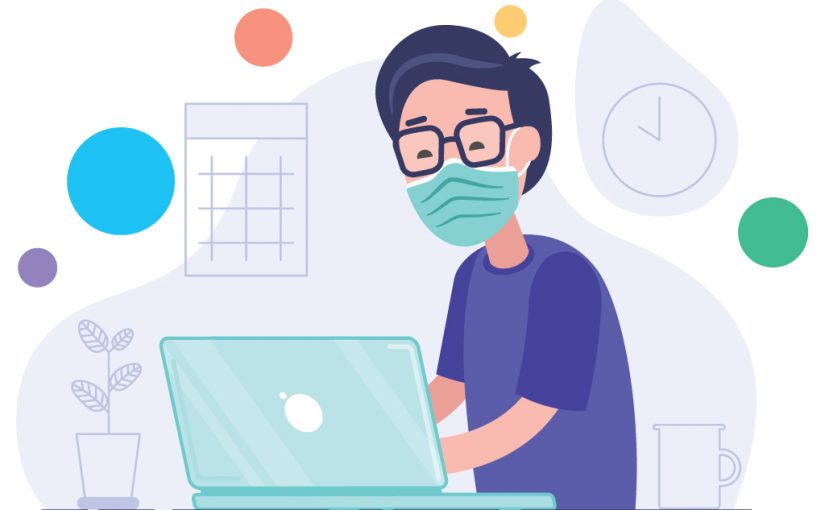- During the COVID 19 crisis, graphic designers have stepped up to help create attractive, uncomplicated designs to clearly communicate messages that provide critical information and guidance.
- Graphic designers have helped government, community, and business organizations with design expertise and by offering free access to gathered resources.
- The graphic designs created impacted millions of people globally, creating emotional reactions and influencing behavior to help stop the spread of COVID 19.
The need for concise, easy to grasp information and guidance have come to the forefront during the COVID 19 crisis period. Millions of individuals have looked to all types of media for virus-related facts and stay at home orders and to validate their emotions including fear and isolation.
What better source would there be for user-friendly information than a graphic design? Professional graphic designers took on the call to create thousands of online and in-print infographics, charts, graphs, images, and photos mixed with words and numbers that have helped us get through the crisis.
Stepping Up

Graphic designers have faced the same challenges as everyone else during this COVID 19 crisis. Some suffered from a reduction-in-force, while others lost contracted work.
When meeting these obstacles, members of the graphic design field went to work for the good of helping everyone cope. Some were hired to work for organizations that needed to get their messages in the public eye.
Others volunteered their expertise and assistance, whether locally for community groups and area businesses or on a larger scale for further-reaching organizations. What did this creative community do? They made designs for websites, social media, and email.
They designed leaflets, information sheets, and postcards for neighborhood groups. Graphic designers were asked to create various types of COVID 19-related visual communications in a way that only a specialist can: creatively, attractively, strikingly yet with a clear, simple message.
If you read news articles, you’ve seen the images with lined up matches, people standing six feet apart, individuals in masks, and frontline workers. You’ve seen infographics that communicate the status of COVID cases, hospitalizations, and mortality rates, consumable in a brief moment. You’ve seen signs and floor markers in stores. Graphic designers have had their hands and their considerable talents in these visual communications.
Pitching In

In many cases, graphic designers have simply volunteered their time and talents to help government and community organizations get their messages to the people. In addition, some major advertising agencies offered their designers’ services for reviewing and providing feedback on in-house creations. The input of the designers improved the delivery and impact of the messages.
Some graphic designers created repositories of information and resources surrounding COVID-19 virus information and created apps so that others could access it freely, all because they knew it was the right thing to do. Helping each other strengthened the COVID 19 information campaigns touched.
Creating Change

Professionally designed infographics, charts, graphs, images, and photos including the right amount, often a minimal amount, of written content sends a message quickly and expresses it. People react emotionally to visuals in a way that they can’t quickly react to text-heavy materials. Emotional reaction can influence behavior in the desired way. It’s hard to beat the impact that graphic design has had during the COVID 19 crisis. in a way that cuts through literacy, language, and cultural roadblocks.
Are graphic designers heroes? Maybe not. Are they essential workers? No. Behind the front lines of essential workers and first responder, many services have been needed and numerous graphic designers stepped up to fill a support role with professionalism and forethought.
Millions of people across the world have seen beautifully designed visual communications displaying COVID 19 information and guidance, understood the message and did their best to stop the spread of the virus. If you want to know what it means to flatten the curve or to properly socially distance, there’s no doubt you’ll be able to find a great graphic design that explains the concept perfectly.

